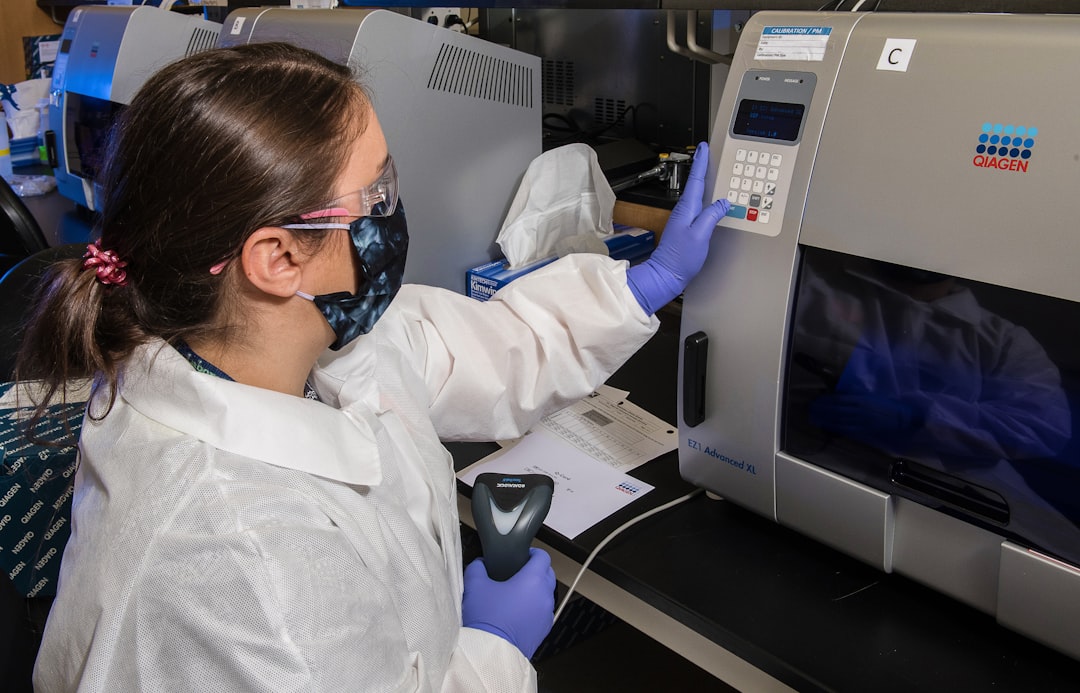What is it about?
Biopolymer–silver nanoparticle nanocomposite for biomedical application.
Featured Image
Why is it important?
Biopolymer used for the production of nanoparticles (NPs) has attracted increasing attention. In the presence article we use aqueous solution of polysaccharide Cyamopsis tetragonaloba commonly known as guar gum (GG), from plants. GG acts as reductive preparation of silver nanoparticles which are found to be <10 nm in size. The uniformity of the NPs size was measured by the SEM and TEM, while a face centered cubic structure of crystalline silver nanoparticles was characterized using powder X-ray diffraction technique. Aqueous ammonia sensing study of polymer/silver nanoparticles nanocomposite (GG/AgNPs NC) was performed by optical method based on surface plasmon resonance (SPR). The performances of optical sensor were investigated which provide the excellent result. The response time of 2-3 s and the detection limit of ammonia solution, 1 ppm were found at room temperature. Thus, in future this room temperature optical ammonia sensor can be used for clinical and medical diagnosis for detecting low ammonia level in biological fluids, such as plasma, sweat, saliva, cerebrospinal liquid or biological samples in general for various biomedical applications in human.
Perspectives
Biopolymer–silver nanoparticle nanocomposite response time of 2-3 s and the detection limit of ammonia solution, 1 ppm were found at room temperature.
Dr Sadanand Pandey
Yeungnam University
Read the Original
This page is a summary of: Green synthesis of biopolymer–silver nanoparticle nanocomposite: An optical sensor for ammonia detection, International Journal of Biological Macromolecules, November 2012, Elsevier,
DOI: 10.1016/j.ijbiomac.2012.06.033.
You can read the full text:
Contributors
The following have contributed to this page










